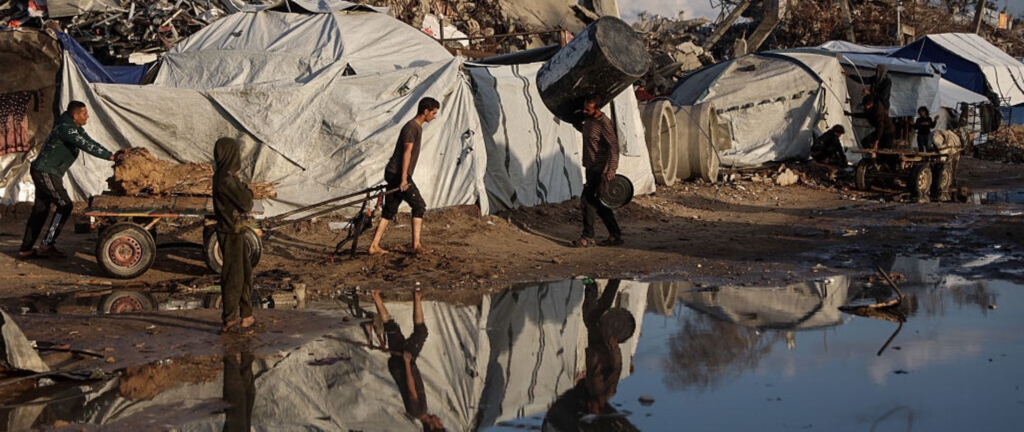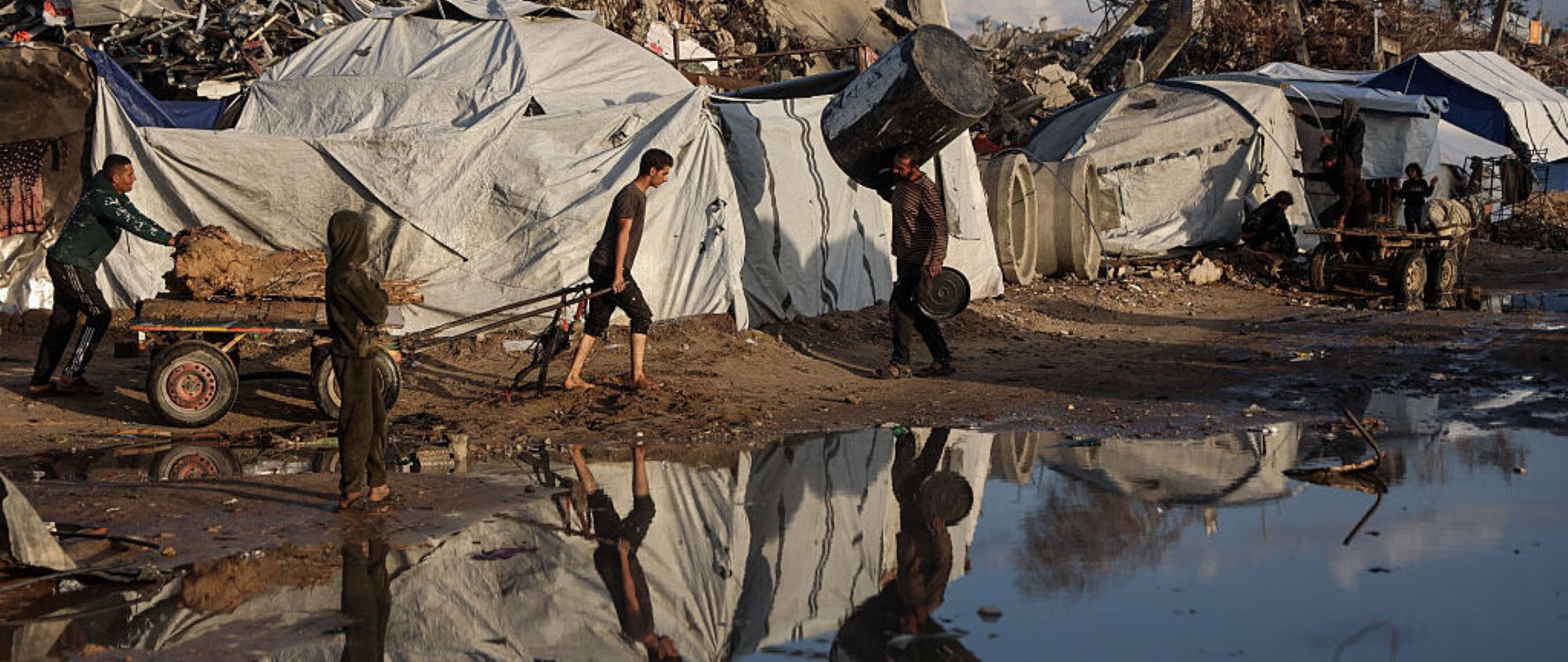,
|
,
,
Last summer, First Nations from north-eastern British Columbia brought more than 90 kg of trout to the provincial legislature. The fish had been caught in the Crooked River, one of the places where the people of the West Moberly First Nations have camped and fished throughout their whole history. But none of it was fit to eat.
,
A study commissioned by the First Nation had found that virtually all the trout caught by the community on the Crooked River had mercury contamination exceeding provincial guidelines. The most likely source: a large hydro-electric dam built on the Peace River in the 1960s.
,
Now West Moberly is fighting against the province’s plans to build another massive dam in the Peace Valley, one that would turn an 83 km length of the Peace River into another reservoir and flood the mouths of two other important fishing rivers, the Moberly and Halfway Rivers.
,
Last year, the federal and provincial governments gave the greenlight to the construction of the Site C dam, despite the conclusion of the official environmental review that the dam would cause numerous serious and irreversible harms to First Nations livelihood, traditions and heritage sites.
,
Mercury contamination of fish in the flooded area, predicted to last at least 20 years, was just one of these impacts. But it’s one that deserves greater attention.
,
Poisoned waters
,
When any large area of land is flooded, naturally occurring mercury can leach from the ground. There is also growing evidence that clearcut logging, which increases the runoff of rainwater into rivers and lakes, can also led to increased release of mercury. Once in the river system, through interaction with decaying vegetation, this mercury is transformed into the even more toxic form of methyl mercury.
,
Methyl mercury is one of the most toxic substances that can be introduced into the environment. Methyl mercury accumulates in the food chain, reaching higher and higher concentrations in top predators such as large fish and the mammals who eat them. Consumed by humans, methyl mercury jeopardizes brain and heart functions, leading to loss of motor control and risk of heart attack, among other serious ailments.Children can be born with severe, degenerative conditions because their mother consumed tainted food while pregnant.
,
These risks are especially concerning for communities such as West Moberly who rely on fishing and hunting to provide for themselves and practice their cultures and ways of life.
,
Toxic history
,
One of the worst environmental disasters in Canadian history was the result of the intentional release of mercury from a pulp mill in northwestern Ontario in the 1960s. The Grassy Narrows First Nation, which relied on the English and Wabigoon river system as the lifeblood of their community, is still suffering from the health crisis that resulted.
,
In fact, high levels of mercury continue to be found in river sediment and in fish long after the government assured the people of Grassy Narrows that the mercury would naturally dissipate. And experts in mercury poisoning from Minamata Japan have found recent evidence of mercury poisoning children from Grassy Narrows born long after the risk was supposed to be over.
,
Similarly, the West Moberly fish study contradicts claims by BC Hydro that mercury released through the first dam on the Peace River has now returned to background levels.
,
This illustrates one of the other dangers of mercury – the fact that governments in Canada have repeatedly underestimated its impacts, especially in regard to Indigenous peoples.
,
Reckless decision-making
,
In northern Labrador, scientists from Harvard University have found that the local environment and geology has produced perfect conditions for mercury to be released, for methyl mercury to be formed, and for this methyl mercury to accumulate in the food chain. Although Newfoundland and Labrador’s Muskrat Falls hydro-electric dam was approved on the assumption of minimal downstream impact on Inuit hunters and fishers, the Harvard study found that the nearly completed dam could result in already high levels in methyl mercury in the downstream Lake Melville increasing by 25 to 200 percent.
,
The risks and uncertainty associated with mercury poisoning should compel governments to rigorously apply the precautionary principle when making decisions about projects or activities that could lead to the release of mercury into rivers and lakes. The precautionary principle requires decision-makers to err on the side when there is any uncertainty about the consequences of their actions.
,
Unfortunately, this has not happened in the Peace Valley, or Grassy Narrows, or Lake Melville.
,
The BC government has plunged ahead with construction of the Site C dam, even as the West Moberly and Prophet River First Nations proceed with court challenges asserting violation of their treaty rights.
,
The government of Ontario refused to conduct an environmental impact assessment of its plans to clearcut at Grassy Narrows, despite concerns from the community that this will lead to more methyl mercury in their river system.
,
And the Muskrat Falls dam is nearing completion without the federal or provincial governments agreeing to proposals from the Inuit government of Nunatsiavut to mitigate the impacts, including by reducing the amount of biological material left to decompose in the reservoir.
,
All of this should be cause for outrage. More than that, it should be motivation for action. Because in every casee, governments have the opportunity to work with Indigenous peoples to reduce the risk or help undo the harm that has already been done.
,
,
Learn more about the history of mercury poisoning at Grassy Narrows
,
Learn more about Inuit concerns about the Muskrat Falls dam
,
,
























